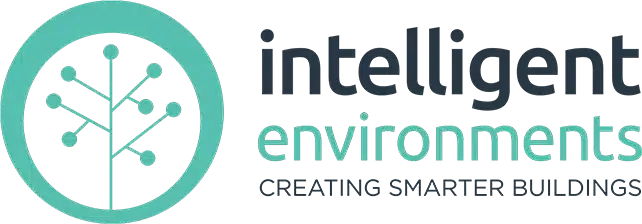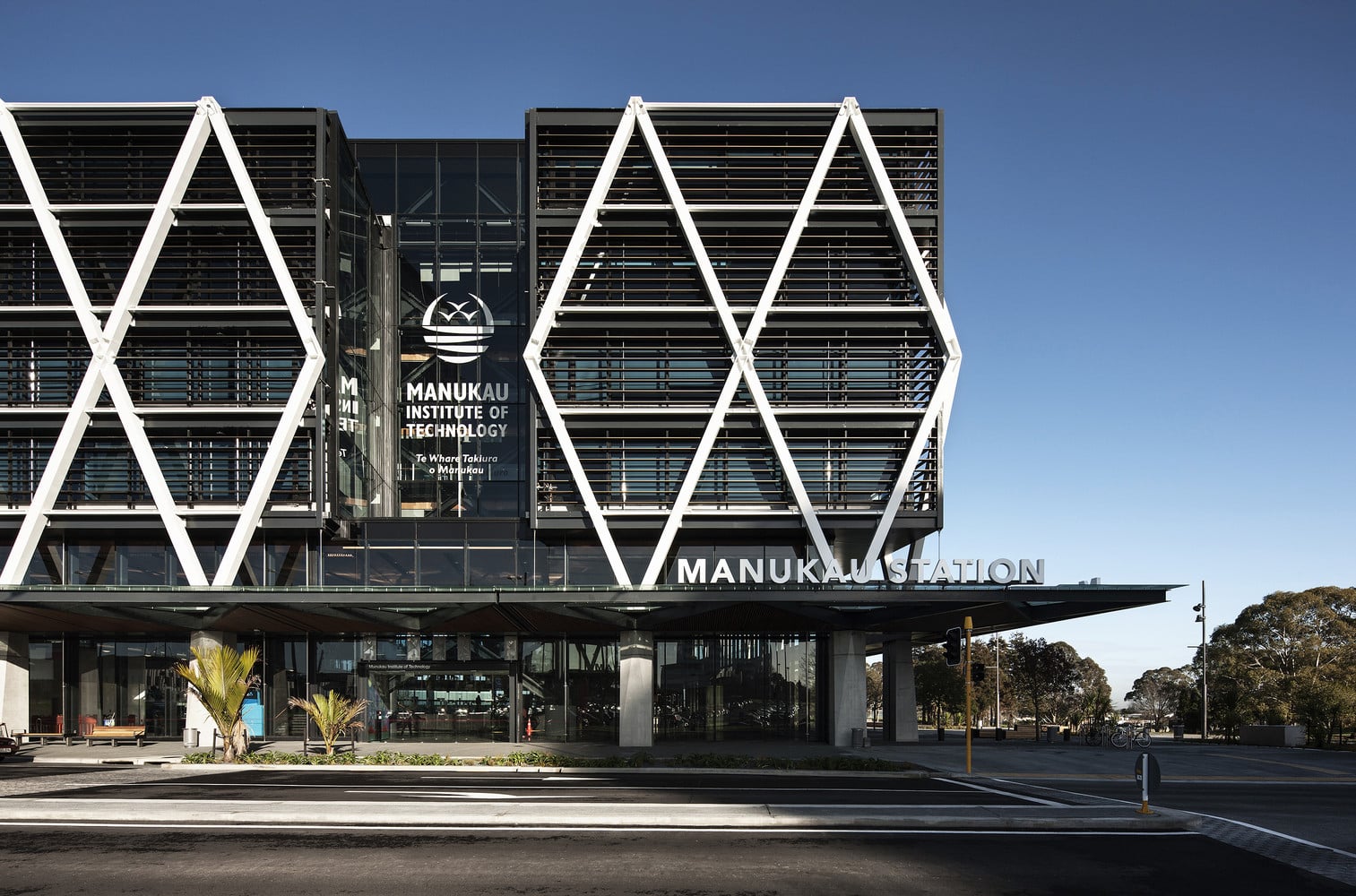
Across the world, transport hubs are being reimagined. No longer are they merely functional points where people board and disembark. They are becoming vibrant, multi-purpose spaces that connect communities, integrate with urban life, and support sustainability goals. From bus rapid transit interchanges and train stations to ferry terminals, airports, and maintenance depots, these are the new public squares – gateways for travel and commerce alike. In New Zealand, this transformation is well underway. Auckland’s network of upgraded bus stations, renewed rail facilities, and expanded ferry infrastructure reflects a broader commitment to moving more people, more efficiently, with less environmental impact.
Lighting systems serve as a critical infrastructure component in transport hubs. It shapes how safe a passenger feels arriving late at night, how easily someone can navigate a space for the first time, how a terminal’s architecture is perceived, and how efficiently the entire facility operates. In modern transport hubs, lighting control is no longer just an energy-saving add-on – it underpins essential infrastructure operations. It determines the quality of the environment, the ease of operation for staff, and the ability to meet sustainability and compliance obligations.
Over the past decade, Intelligent Environments has worked on many of New Zealand’s key transport projects, delivering lighting control solutions that are technically advanced, operationally reliable, and tailored to each site’s unique demands. Our early work with Auckland Transport and Waka Kotahi NZ on interchanges such as the Hibiscus Coast Bus Station, Constellation Drive Bus Station Upgrade, and Britomart Transport Centre gave us deep insight into the operational realities of these spaces. These projects demonstrated how thoughtful lighting control could reduce energy use, simplify maintenance, and create a welcoming, people-centred environment. They also showed the importance of futureproofing – designing systems that could evolve alongside transport services and technology over the long lifespan of the asset.
In these interchanges, daylight harvesting was used to take full advantage of naturally lit concourses while preventing glare and maintaining safe light levels in ticketing and waiting areas. Smart sensors were programmed with different profiles for different times of day – presence detection during off-peak hours, lux-based dimming during bright daylight, and absence detection to power down unoccupied areas quickly. These controls were integrated with security systems, so lighting could respond instantly to incidents. Remote monitoring via zencontrol’s DALI-2 platform allowed maintenance teams to detect faults, lamp failures, or emergency lighting issues without physically inspecting every fitting. When site visits were required, the nature and location of the problem were already known, cutting labour costs and downtime.
That same philosophy now applies across every mode of transport. Bus stations, train platforms, ferry wharves, airport terminals, maintenance depots, and even the vehicles themselves share common challenges: fluctuating occupancy levels, multiple activity zones with different lighting needs, the need for clear wayfinding, the obligation to meet safety and compliance requirements, and the pressure to reduce operating costs and environmental impact. Intelligent lighting control addresses each of these, delivering a system that responds dynamically to use and conditions, centralises management, and supports long-term sustainability goals.
In late 2024, we brought these principles to a very different environment: KiwiRail’s Scenic Plus “Manuhiri” carriage on the Northern Explorer route. This premium carriage, connecting Wellington and Auckland, required lighting that was as much about experience as it was about illumination. The brief was to enhance the bespoke interior – complete with carved timber details and a feature ceiling – while providing flexible, scene-based lighting that could adapt to different parts of the journey. We deployed a zencontrol solution designed for the rigours of a mobile rail setting. A central application controller coordinated all onboard lighting, while strategically placed six-button smart switches gave staff the ability to change lighting moods instantly, without specialist training. DMX integration brought the interior detailing to life, shifting the atmosphere from warm and cocooning at dawn to brighter, cooler tones during daylight travel, then softening again for evening dining. The result was an environment that felt immersive and connected to the landscapes outside, while being robust, compact, and simple for crew to operate.
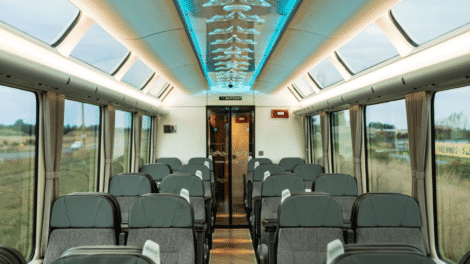
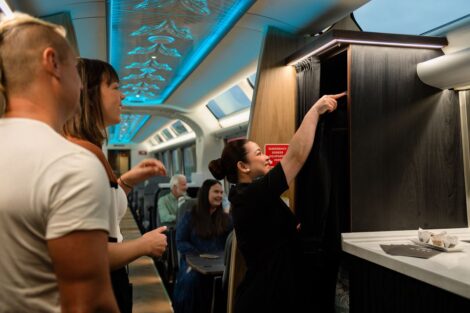
The same year, at the other end of the transport spectrum, we began work on Air New Zealand’s Hangar 4 at Auckland Airport – the southern hemisphere’s largest single-span timber arch aircraft hangar. At 10,000 square metres and targeting a 5–6 Green Star rating, this facility required a lighting control system that could maintain a precise 400 lux for engineering work while making full use of the natural light available in the vast volume. The zencontrol system we provided integrates lux-based dimming, full device-level monitoring, and automated emergency lighting testing and reporting via the Planview software. Facilities teams can schedule maintenance remotely, diagnose issues without setting foot on the hangar floor, and generate compliance reports with minimal disruption to operations. Beyond lighting, the system also controls large internal fans and provides sump alerts, demonstrating how a lighting control backbone can serve as a central integration platform for other building systems.
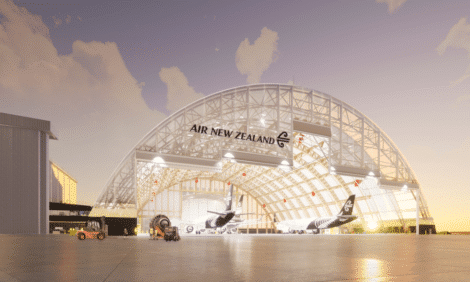
These two projects – one a premium passenger carriage, the other a massive aviation maintenance hangar – could not be more different in form and scale, yet both show how intelligent lighting control can be adapted to suit the environment. In each case, the system enhances the user experience, improves operational efficiency, and reduces environmental impact. And in each case, the technology is invisible to the end user, working quietly in the background to make the space safer, more comfortable, and more sustainable.
In today’s transport hubs, that invisibility is key. Lighting control should work seamlessly with other building and operational systems. It should integrate with security to respond to incidents, with HVAC to optimise energy use, and with asset management systems to provide data for predictive maintenance. It should automate compliance tasks like emergency lighting testing, producing digital audit trails without the need for manual inspections. It should allow for role-based access so frontline staff can make operational adjustments easily, while critical settings remain secure. And it should be designed on open standards like DALI-2 and DALI+, giving owners the flexibility to upgrade or change components over time without being locked into a single vendor.
The benefits extend well beyond energy savings. For passengers, better lighting means a more pleasant and reassuring environment – one where they can find their way easily, feel safe even at quieter times, and enjoy the architecture and amenities of the space. For operators, it means fewer unplanned outages, lower maintenance costs, and data-driven insight into how spaces are used. For the community, it means reduced light pollution, lower carbon emissions, and transport facilities that support the shift towards more sustainable modes of travel.
We are now seeing transport providers take a more strategic view of lighting control. It is no longer something specified late in a project simply to meet illuminance levels; it is being considered early in the design process as a tool to achieve multiple outcomes. Human-centric lighting is emerging in passenger areas to improve comfort and reduce stress during wait times. IoT-enabled luminaires are providing real-time environmental data to help manage entire facilities more effectively. Wireless control systems are making it easier to upgrade older hubs without major structural work. AI-driven optimisation is on the horizon, promising to fine-tune lighting schedules based on passenger flows, weather conditions, and energy prices.
At Intelligent Environments, our approach is to design lighting control systems as core operational infrastructure – systems that are robust enough for daily use in demanding environments, flexible enough to adapt over decades, and smart enough to deliver insights as well as illumination. Whether we are working on a suburban bus interchange, a premium rail service, a ferry terminal, an airport lounge, or a large maintenance facility, our goal is the same: lighting that works harder, smarter, and more sustainably for both operators and the public they serve.
For anyone planning a new transport hub or upgrading an existing one, the message is clear: invest in lighting control as you would in any other critical system. Specify open protocols for future flexibility. Integrate lighting with your other building systems for efficiency and resilience. Design for both the human experience and the operational realities. When you do, lighting stops being a background utility and becomes an asset – one that enhances safety, reduces costs, supports sustainability goals, and helps create the kind of transport hubs our growing cities and communities need.
If you have any questions about this article, or would like our support with lighting control for your next project, feel free to contact us.
